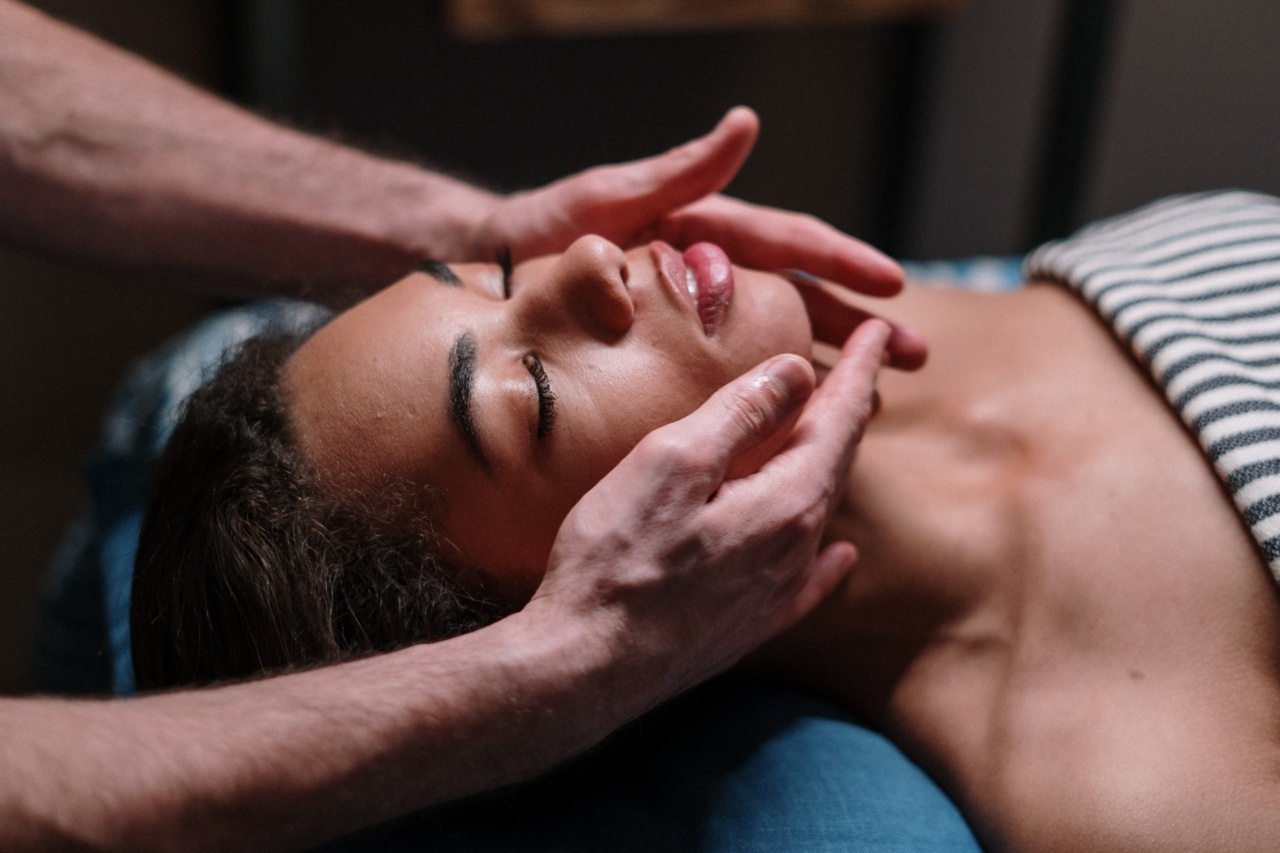As women age, they may notice that their skin starts to lose its elasticity, leading to wrinkles, sagging, and an overall aged appearance. This natural process is a result of a combination of both intrinsic and extrinsic factors.
Understanding the causes behind the loss of skin elasticity can help women take steps to minimize its effects and maintain a youthful and vibrant appearance.
Intrinsic factors
Intrinsic factors are primarily determined by an individual’s genetics and cannot be controlled. These factors contribute to the natural aging process and include:.
1. Age
One of the most significant intrinsic factors is age. As women get older, their skin naturally loses collagen and elastin, proteins responsible for maintaining skin structure and elasticity.
This decrease in collagen production leads to thinner and less elastic skin, making it more prone to sagging and wrinkles.
2. Hormonal changes
Hormonal changes also play a role in the loss of skin elasticity. As women reach menopause, there is a decline in estrogen production, which affects collagen production and hydration levels in the skin.
This drop in estrogen levels can contribute to the formation of fine lines and wrinkles.
3. Genetic factors
Genetics plays a significant role in determining how quickly and severely an individual’s skin loses elasticity.
Some individuals may be genetically predisposed to have naturally more elastic skin, while others may inherit genes that result in earlier signs of aging.
Extrinsic factors
Extrinsic factors refer to external factors that contribute to the loss of skin elasticity and can be controlled or minimized. These factors include:.
1. Sun exposure
Excessive sun exposure is one of the leading causes of skin aging. Ultraviolet (UV) rays from the sun can damage collagen and elastin fibers in the skin, leading to a breakdown in their structure.
This damage weakens the skin’s elasticity, resulting in sagging and wrinkles. It is crucial for women to protect their skin from harmful UV rays by wearing sunscreen, seeking shade, and using protective clothing.
2. Smoking
Smoking is detrimental to overall skin health, including elasticity. The chemicals present in cigarettes constrict blood vessels, reducing blood flow to the skin, and depriving it of necessary nutrients and oxygen.
Smoking also depletes collagen and elastin production, accelerating the aging process and leading to premature wrinkles.
3. Poor skincare routine
A lack of proper skincare can contribute to the loss of skin elasticity over time. Failing to cleanse, moisturize, and protect the skin can lead to the buildup of dirt, pollutants, and free radicals, which accelerate skin aging and collagen degradation.
Maintaining a consistent skincare routine with quality products suitable for an individual’s skin type is essential for preserving elasticity.
4. Diet and hydration
A balanced diet and proper hydration are important for overall skin health. The skin requires essential nutrients, vitamins, and minerals to maintain its elasticity. A diet lacking in these nutrients can result in weak and less elastic skin.
Additionally, dehydration can make the skin appear dull and increase the appearance of fine lines and wrinkles. To support skin elasticity, women should consume a diet rich in fruits, vegetables, and healthy fats, and ensure they drink enough water to stay hydrated.
5. Environmental factors
Environmental factors, such as pollution and harsh weather conditions, can contribute to the loss of skin elasticity.
Air pollutants can generate free radicals that damage collagen and elastin fibers, while extreme weather, such as cold temperatures and strong winds, can dehydrate the skin and compromise its elasticity. Protecting the skin with appropriate clothing, using antioxidants in skincare products, and following a consistent skincare routine can help minimize the impact of environmental factors on skin elasticity.
Prevention and treatment
While it is not possible to completely prevent the loss of skin elasticity, women can take steps to slow down the process and maintain healthier, more elastic skin. Some preventive measures and treatment options include:.
1. Regular use of sunscreen
Applying sunscreen daily is crucial for protecting the skin from harmful UV rays. Look for broad-spectrum sunscreens with a high SPF and apply generously to all exposed areas of the body, even on cloudy days.
2. Healthy lifestyle choices
Avoiding smoking and excessive alcohol consumption can contribute to better skin health and elasticity. Engaging in regular exercise, managing stress levels, and getting sufficient sleep also support overall skin health.
3. Skincare regimen
Following a proper skincare regimen that includes cleansing, moisturizing, and using anti-aging products can help slow down the loss of skin elasticity.
Look for skincare products with ingredients like retinol, vitamin C, hyaluronic acid, and peptides that target collagen production and improve skin elasticity.
4. Non-invasive treatments
Women who wish to improve skin elasticity can explore non-invasive treatments such as laser therapy, radiofrequency, or ultrasound treatments.
These procedures stimulate collagen production and help tighten and firm the skin without the need for surgery.
Conclusion
The loss of skin elasticity in women is a natural part of the aging process.
Both intrinsic and extrinsic factors contribute to this phenomenon, including age, hormonal changes, genetics, sun exposure, smoking, poor skincare routine, diet and hydration, and environmental factors. While it is not possible to completely stop the loss of skin elasticity, adopting a preventive approach and following a healthy lifestyle can help minimize its effects.
Maintaining a consistent skincare regimen, protecting the skin from sun damage, and considering non-invasive treatments can also aid in maintaining youthful and elastic skin for longer.





























